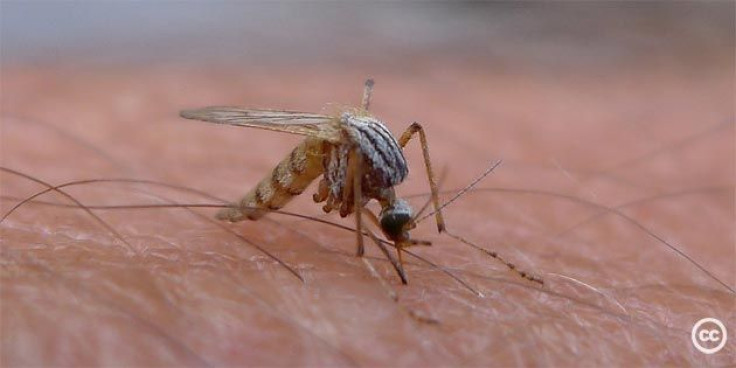First West Nile Virus Infection Of 2013 Pops Up North Of Houston; How To Protect Yourself

The West Nile virus first appeared in New York City in 1999 and within five years it had spread across the United States, Canada, the Caribbean, and Latin America. Last year, the U.S. experienced its worse epidemic, killing 286 people, of which a large portion was in Texas.
Now reports from the Texas Department of State Health Services state that they have identified their first infection of the season in a man in Anderson Country, just 150 miles north of Houston. The man is currently being treated for the most severe form of the disease, a neuroinvasive form where the virus attacks the central nervous system and can give the patient polio-like symptoms.
"This is a serious illness that can take a long-lasting toll," said Dr. David Lakey, DSHS commissioner. "Last season was unprecedented, with record numbers of cases and deaths reported in Texas. People need to do all they can to protect themselves from mosquito bites."
There were a total of 5,674 cases in 2012 and 51 percent were classified as neuroinvasive, according to the Centers for Disease Control and Prevention (CDC). Of all the cases in the U.S., 1,868 cases from last year were in Texas alone, of which 89 people died, according to the CDC.
The virus is carried by mosquitos and a person can be infected just by being bitten by the insect. With an incubation time between two and 15 days, the illness can manifest in severe headaches and result in fever, meningitis, and encephalitis. Most people can recover from the infection, but 20 percent of cases present flu-like symptoms and one percent have the severe form of the neuroinvasive disease.
In California, health officials are preparing for a strong season of West Nile virus infections as well. Dead birds and mosquitos have begun to test positive with two mosquito samples in San Joaquin County found to harbor the virus as well. Five counties in California have found evidence of West Nile: Los Angeles, Tulare, Fresno, Yuba, and San Joaquin. So far no one in the state has been found to be infected, but with close to 500 cases last year and 42 out of 58 counties having evidence of the virus in 2012, this year might see far more infections.
Prevention:
- Use insect repellents such as ones that use DEET, picaridin, IR3535, or oil of lemon eucalyptus and that are all approved by the Environmental Protection Agency (EPA).
- In backyards and on lands, it is suggested that people empty standing pools of water that mosquitos can breed in, such as used tires, cans, drums, ran gutters, and potted plant saucers.
- Mosquitos are most active at dusk and dawn, so it is prudent to wear long sleeves and pants at these times.
- Make sure all screens on windows and doors do not have large holes in them or keep doors and windows closed and use air conditioning.
To see an interactive map of which counties in the U.S. tested positive for the virus, click here.



























